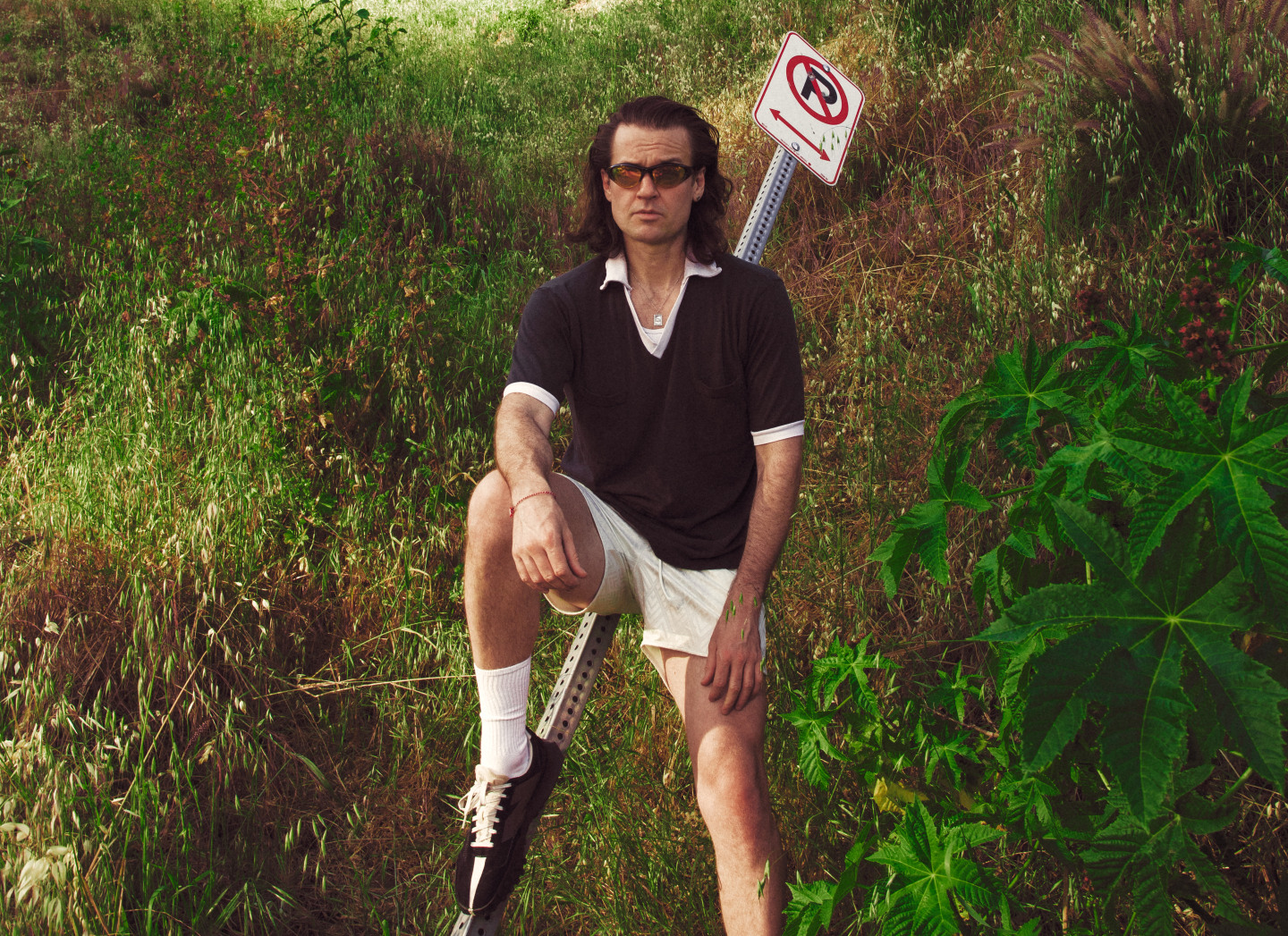 John Carroll Kirby. Photo by Sela Shiloni
John Carroll Kirby. Photo by Sela Shiloni
Before John Carroll Kirby had been around the globe, he saw the world through his record collection. The producer, pianist, and composer honed his talents on the Brazilian jazz of Hermeto Pascoal and Japanese electronic masters like Haruomi Hosono and Ryuchi Sakamoto. He’s since played keyboards for Frank Ocean and Blood Orange, and worked closely with Solange as a producer and composer on A Seat At The Table and When I Get Home.
Kirby’s 2017 debut record, appropriately named Travel, was his attempt to channel that wanderlust into a listening experience — a tribute to the destinations he’d visited and the ones he hadn’t yet. He tapped into exotica, a genre which emerged during the ‘50s and ‘60s as a way for producers to create the sensation of “traveling in your mind” using an amalgamation of regional percussive instruments like bongos and vibraphones, paired with bird calls and tiger roars.
Since then, Kirby’s prolific solo catalog — he’s put out six records in the last four years — has drawn from journeys away from his home in Los Angeles. “Traveling is a way to put your mind in a different headspace and get a different perspective,” he says. “In a sense it can be done at home, but it’s much easier when you’re in a beautiful place.” Of course, the inspiration goes deeper than scenery: through interviews and jam sessions, his “Kirby’s Gold” video travelog documents the local music cultures that inform Kirby’s own work, casting him as a modern ethnomusicologist.
A stint playing with Calypso musicians in Costa Rica was especially formative for his new record Blowout. Even though he hasn’t consciously gone back to exotica, Kirby acknowledges that “if you have a sense of humor, an interest in Caribbean or Afro-Cuban-descended rhythms and know some jazz chords and have a synth, it's going to end up sounding like that.” But what sets Blowout apart is how it manages to channel the places that inspired it with such specificity. Sitting down with the FADER, Kirby proved himself not only to be an exemplary tour guide, but a keen observer of how music can be shaped by where it's created.
Bacalar, Quintana Roo
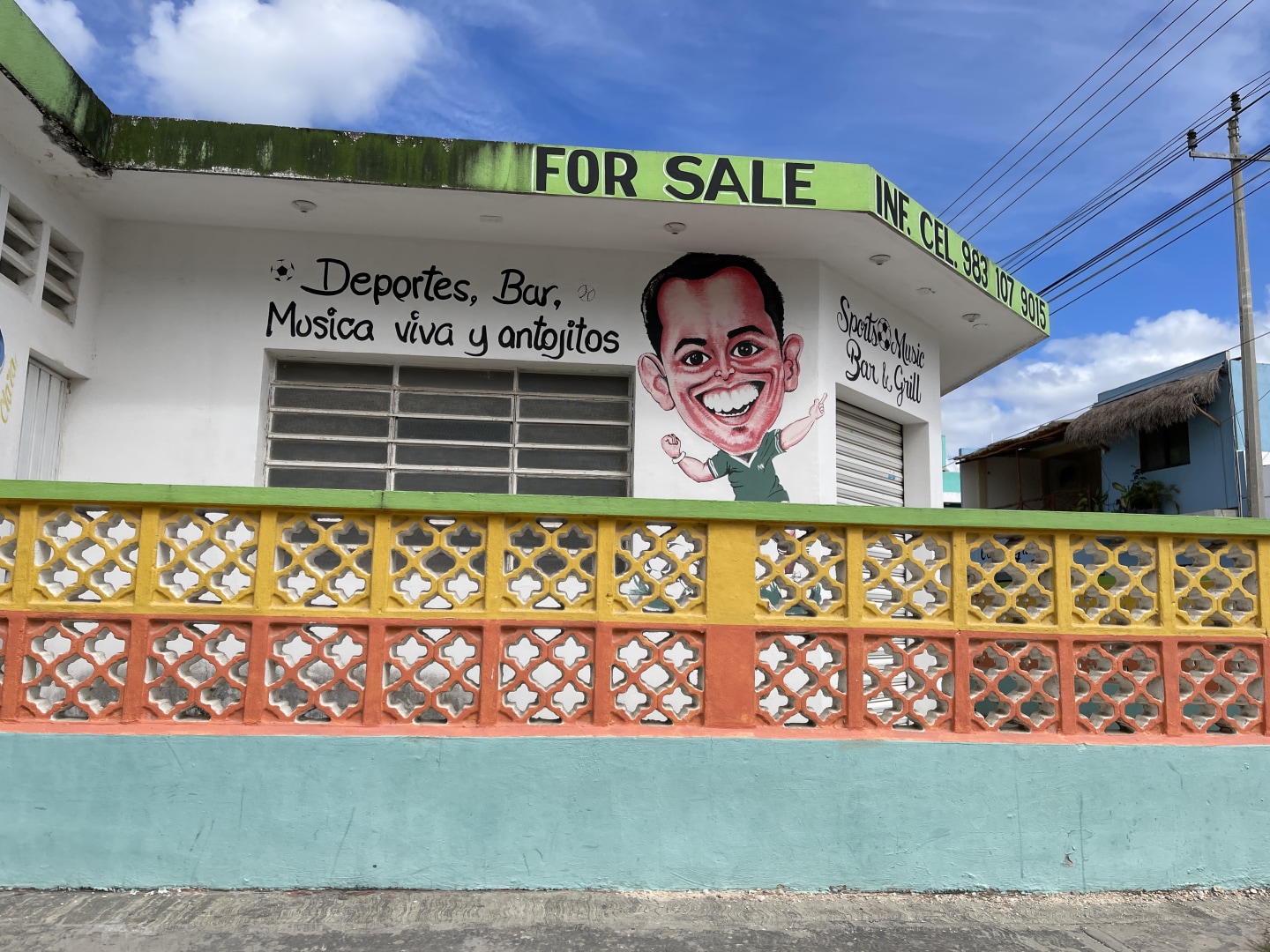
Kirby: I wrote a lot of my album, Dance Ancestral, down there. Quintana Roo is on this lagoon right at the bottom of Mexico, and it's right before Belize. It's just a really peaceful place, maybe a four-hour drive below Tulum. Tulum is a bit of a mess. This place kind of has all the beauty without all the BS. The Caribbean side of Mexico is just something special, man. The people are so chill, and it's an impeccable vibe and a great place to write music. I didn't really see any, but there's Mayan ruins everywhere, so it's really easy to go check those out. I really am obsessed with the Mayan and Aztec history. I find that really interesting.
London, England
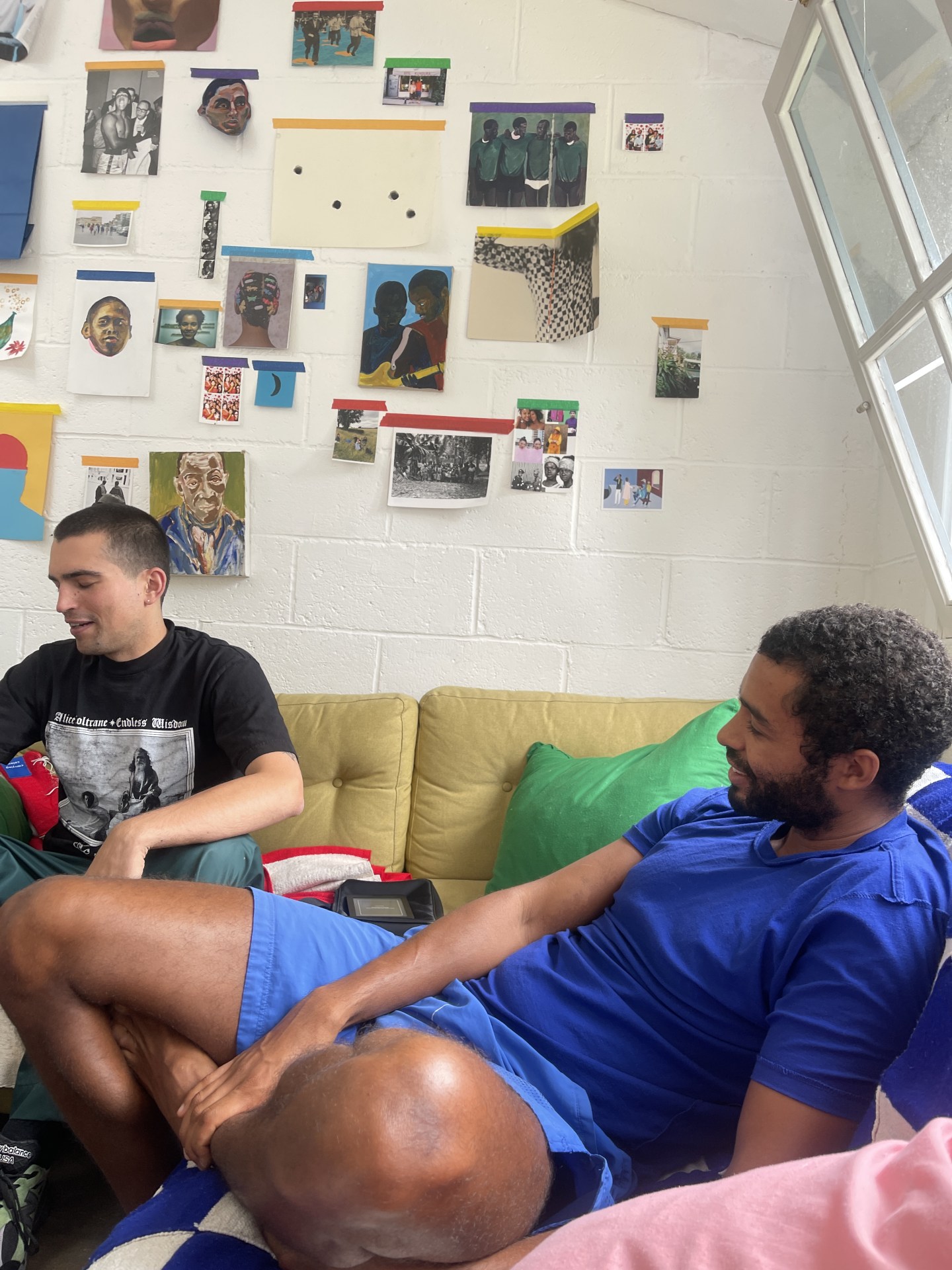 Vegyn and Duval Timothy in London. Photo by John Carroll Kirby
Vegyn and Duval Timothy in London. Photo by John Carroll Kirby
Kirby: London is a great town. In recent years, they've been so supportive of me, and it just feels like a place where people understand what I'm doing and don't really need an explanation. Europe in general, there are so many festivals over the summer and there will be a jazz festival in town. But first of all, the music is not strictly jazz, and second of all, people just come down to the festival. I think if it was a jazz festival in LA or New York, you'd have to be be a specific jazz fan and have sought that thing out, whereas there it seems like more of a town gathering kind of thing. London has such a cool jazz scene now, and so many good players and great crowds who are just down and who get it and who don't need any explanation of what they're listening to.
Malibu, California

Kirby: I spent more time in Malibu in more recent years. Over the pandemic, I got a mountain bike, and there's a lot of trails around there. One of the highlights is a swimming hole and a rock you can jump off of. What's cool is there's an old Western movie set there, and an old mini, tiny church. I forget what movie, maybe Psycho, but some classic movies were filmed there and they just left up the set. The Vietnam war series M*A*S*H was filmed there, too. You can hike around there, and there would be little mementos from these film sets.
L.A. in general is cool in the way that you can be in some serious nature pretty quickly. Actually today, once I get off the phone with you, I'm going to go jump in this creek that's like a 20-minute drive from my house. I love that about L.A., and that's what keeps me here, to be honest. Over the pandemic, I was lucky because I had something to do, which was this film score called Cryptozoo. There's a lot of folksy guitar inger picking guitar on there, which, now that I think about it, probably was inspired a bit by the landscape in Malibu.
Nara, Japan
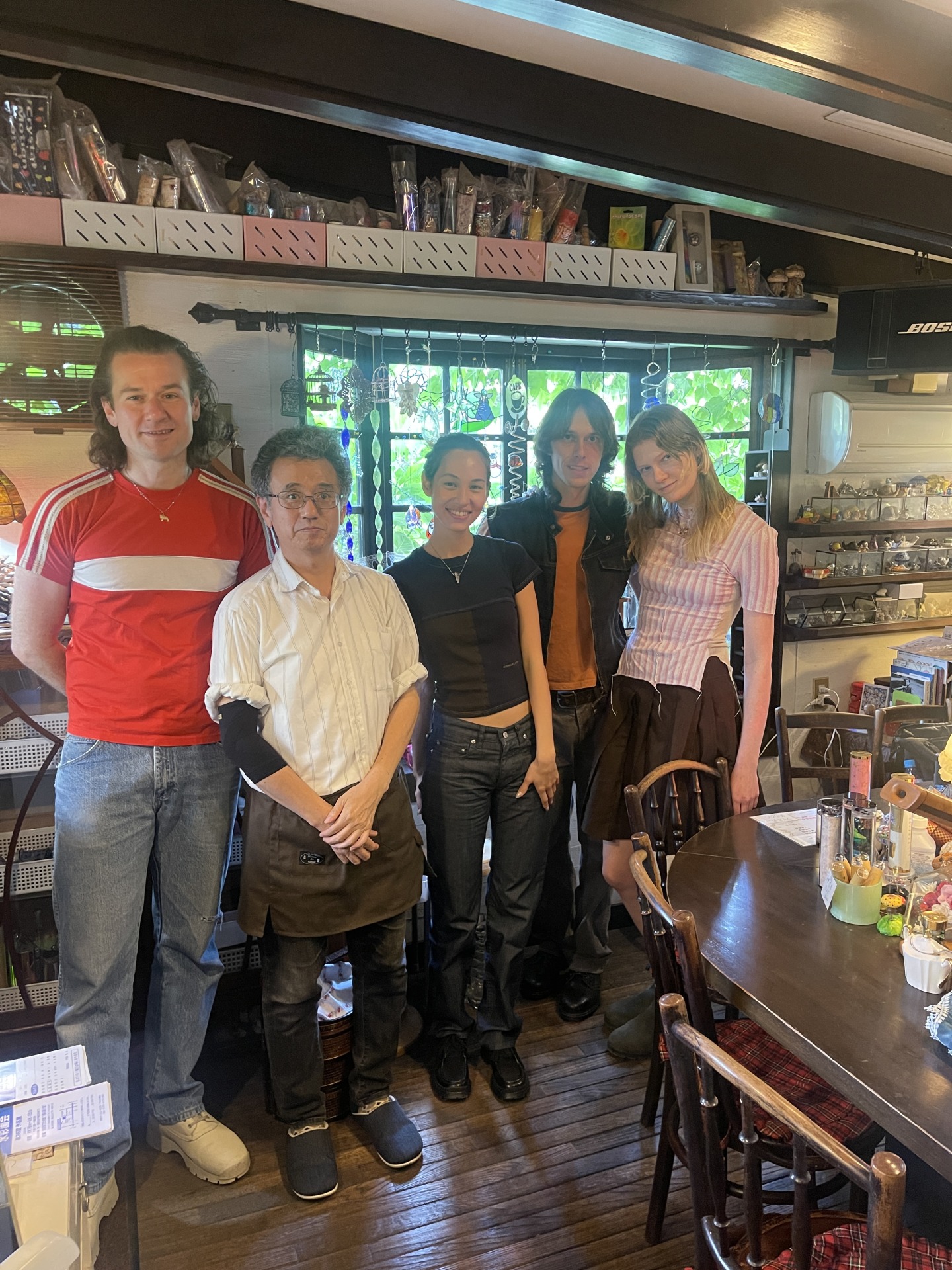 John Carroll Kirby and friends at Kaleidoscope Cafe Siloam in Nara.
John Carroll Kirby and friends at Kaleidoscope Cafe Siloam in Nara.
Kirby: Nara is a temple town just outside of Kyoto, and what's special about it is that there're deer in the town and the deer are not domesticated, but super friendly. So you can pet these deer and hang out with them and interact with them, and they seem to not be scared. Then you can buy these little cookies and feed the deer the cookies, and it's really cute. It's really inspiring and somehow it feels uniquely Japanese — just kind of magical in that way.
Santa Eularia, Ibiza

Kirby: I spent a few weeks there writing Eddie Chacon's record. I make the distinction of Santa Eulària in Ibiza because Ibiza is sort of known as the party island, where Santa Eulària is actually more the more retiree spot. It's really mellow, really beautiful. I think Ibiza might have a bad rap for being a cheesy party destination for sunburned Brits, but it really has a magic to it, and the air is just kind of sweet there. Writing music there, we had to allow ourselves to feel some of the Balearic history that's in the air.
When I think of Balearic music, I think of sunset music, and Eddie's album is called Sundown. The sun hits there in a really mellow way; it doesn't feel like beating down, and the sunsets are amazing. The sunrises are [also] amazing. We had to just give into the Balearic spirit a little bit. Not to say we made a Balearic album, but I think we successfully allowed ourselves to be influenced by that.
I know people who talk about Balearic music are always like "Oh, Balearic is a mindset," and even a song that is not intended as a Balearic song can be in perceived in a sort of Balearic perspective. I think of Carly Simon's "Why." It's really kind of a painful love song, but it's got this reggae beat and it kind of just chugs along. To me that's what Balearic can be, and I think we tapped into that a little bit.
We went to Paula's, this famous hotel-slash-nightclub where Freddie Mercury [and] Grace Jones all went, and that was on the more on the party side. It felt like a weird remnant of a groovier time that's not here anymore. Now I think you can go hear Tiësto or something there. I don't think the sort of mellow dance music element is as popular. You can go to proper mega clubs there now.
Sedona, Arizona

Kirby: Sedona is all of this red rock everywhere. It's not totally Road Runner-y, because I know there's a place in Utah that is that place. But if you think of Road Runner — the rock formations that seem to defy gravity — it's got a little bit of that vibe. And then beautiful green: there's that kind of tree with red bark and then more green — I don't know what shade of green, but a really cool green leaf. Sedona is known for its energy vortexes, which is not necessarily something I subscribe to, but I like that concept. It's also crystal town, and there's a whole strip where you can buy your crystals or your mineral rocks that have various properties. I like that kind of stuff, and I love the nature of the hiking there.
I've only been there twice. Once a long time ago: there's a real famous church there, and I played a jazz gig in that church, which was pretty cool. I feel like the church is a kind of groovy, somewhat non-denominational type thing, Then I was just there recently, in between gigs. I had a gig in Phoenix and on the way out is Arcosanti.
Tokyo, Japan

Kirby: I've probably been to Tokyo seven times by now. Amazing place to play. Just a total different thing. The audiences are really quiet and respectful and listen very intently. The fans there are so cool. A lot of times if you play in L.A. or New York, someone might be a fan, but they kind of want something in return. They want to share their project with you or they want to party with you, or they want to make an impression on you in a certain way, which is fine. That's not always a bad thing. But in Japan, people are just down to just be a fan and they always buy your merch and want you to autograph the merch. You leave there just feeling really, really loved and supported and good about yourself. It's an amazing place to play.
Shibuya is the most overstimulating place — maybe in the world. It's just so many bright lights, so many recordings of so many sounds coming out of every which way, and music and a million people. I've always been inspired by that. And such a cool musical history. The last time I was there I went on Harry Hosono's radio show and got to meet him and chat with him and that was a dream come true. It's funny because the Japanese are so fascinated with American music a lot of the time, but in recent years, it feels like we've sort of become obsessed with their take on American music. It kind of gets into this loop, which I think is pretty cool. I'm going back there this month and I'm excited.
Ubud, Bali
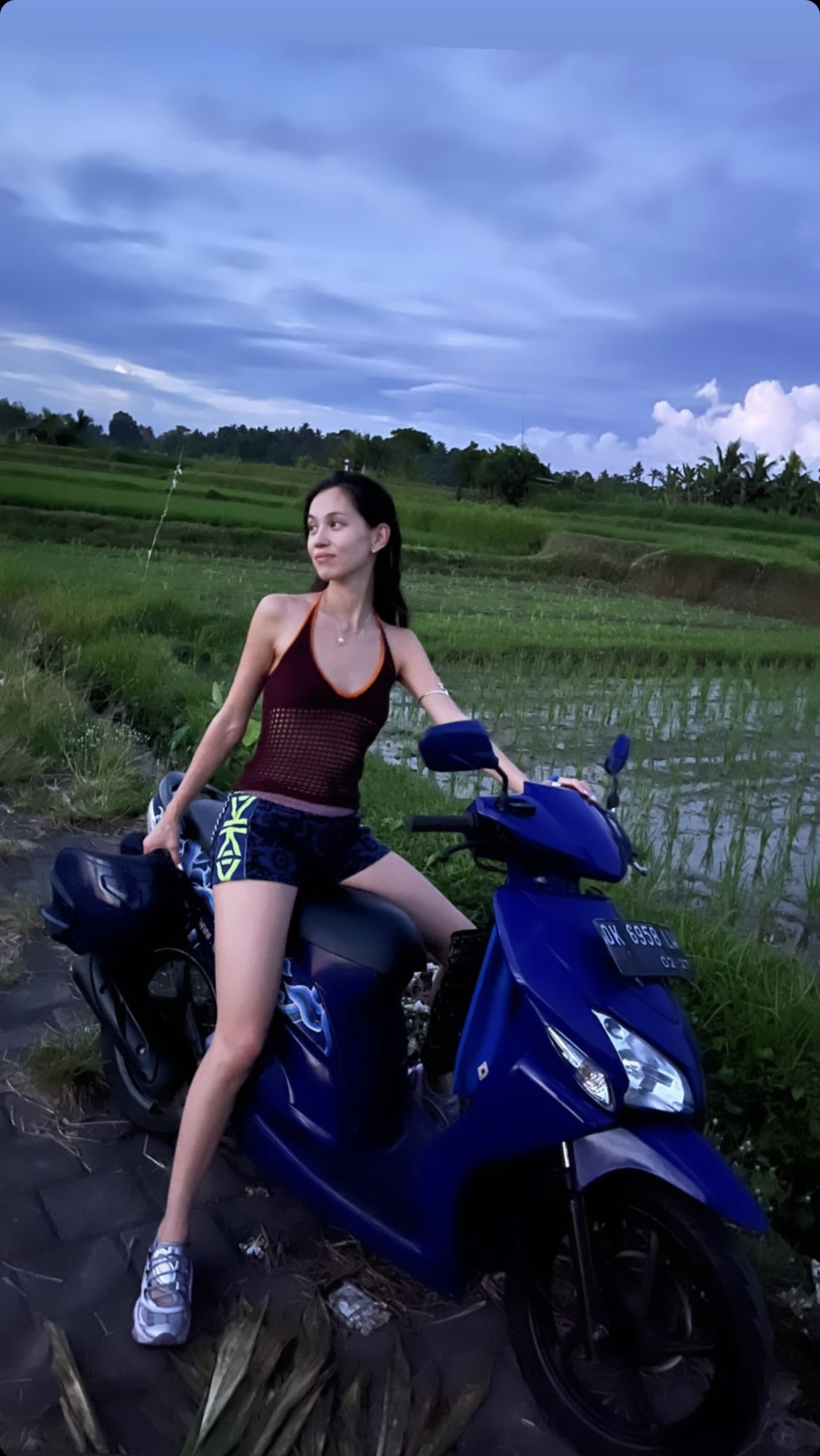 Kiku Mizuhara, Kirby's girlfriend, on a motorcycle in Ubud.
Kiku Mizuhara, Kirby's girlfriend, on a motorcycle in Ubud.
Kirby: Bali is an amazing place, but again, it's quite exploited by beach clubs and yoga retreats and smoothie places. Now you can go to the Quiksilver store there or the Lululemon store. When you're by the beach, the beaches are amazing and the people are amazing and it's an amazing place, but you're in a little bit of a beach tourist hell-zone from time to time. But Ubud is kind of up in the mountains. What's crazy about it is that where people live — I thought it was temples everywhere, but people live in these compounds with really ornately chiseled concrete or stone slabs everywhere.
It was there that I was fortunate to link with a really amazing musician named Putu Septa, who's a Balinese gamelan composer and performer. I have a series called "Kirby's Gold," which is a kind of travelog music thing that I do. I was able to link with him and record an episode of Kirby's Gold and learn all about gamelan and then jam with him and his orchestra. That was an amazing experience.
When I first started working with Dana, my PR person, she was like "You just have to make stuff to show people who you are and just show your personality and your musicality." So I was inspired by a show that was on local southern California TV called California's Gold. It was hosted by a man named Huell Howser, who's bumbling, good-natured, kind of a bozo. I mean, he's amazing. My friend Eddie, he likes to say "Be the dumbest person in the room." That's very much Huell Howser's MO — he's just not pretending to know anything, and just fueled by his curiosity and humility, and generosity. Sometimes it makes him come across as a bit of a buffoon, but I'm sure he is a very smart person. "Kirby's Gold" got its name from California's Gold, and I tried to apply some of that attitude in the show, where I do my best to just ask the questions and be as inquisitive and curious as possible.
Yelapa, Mexico

Kirby: Yelapa is amazing. It's maybe an hour-and-forty five minute drive south of Puerto Vallarta, but then you have to take a boat, so it can't be accessed by car. Someone was telling me that Bob Dylan or somebody in that era used to go hang out there. It's just the most beautiful little harbor town all built into the hillside — and just the coolest color scheme: light purple, lavender, maybe a sort of orange, tangerine orange, lots of palm trees, pelicans, lots of murals, lots of friendly dogs, and just super chill people. Then you hike up to a waterfall that's just at the top of the town and you can see every little path in the town. It's just like some of those places in Greece or the Mediterranean where it's mostly just footpaths going through the houses, because obviously there's no cars, so once you get off the boat, you're just on foot. I went there with my girlfriend, so I associate that more as a romantic place. And it's just a beautiful place and a sweet place. I try to incorporate that stuff into my music as well.
Xilitla, Mexico

Kirby: Xilitla is a different thing entirely. It's sort of in the mountains, in the jungle, and it's all based around this sculpture garden by a really trippy guy named Edward James. He was a British heir to some massive fortune, and with his money made this surrealist sculpture garden. You kind of feel how frivolous or whimsical he was, where he would get people to build these ridiculous sculptures and then sometimes change his mind mid-sculpture, so the whole thing has a sort of MC Escher-esque stairway-to-nowhere, trippy surrealist thing. He was friends-slash-patron of Dalí and all these other surrealist people.
We did a proper tour of the place, so I've been twice. Back in the day, they would let you go crazy and you could just climb all over this stuff, and if you die, I guess it's your fault. But now you have to take a tour, which was interesting. The guy was describing this dude who was cashed up, and would host these fancy people that would come and check out the magical surrealist kingdom that he had built. The concept was that he wanted for it to eventually be consumed by the nature around it and become an instant ruin, which I guess would happen really quick because over the pandemic they had to shut things down. In that time, just a year or two, the whole place had already become covered in vines and plants.
At one point, a person had said my music sounded like a de Chirico. He was kind of a surrealist painter, but more played with vast spaces: maybe there would be a bust of a sculpture in the distance and then something kind of passing through. He played with — I don't really have the artistic terms to describe it — a vast perspective kind of thing. I've taken inspiration from the surrealism of things, within a sense that I like for the listener to not necessarily know if something's real or synthetic. For example, on Blowout, there's flute across the whole album, but there's also fake flute sometimes at the same time as the real flute. I like to play with those textures where the listener, even if they're not conscious of it, might not be completely sure if they're listening to a synthetic flute or a real flute or sometimes both at the same time — to just throw things off a little.